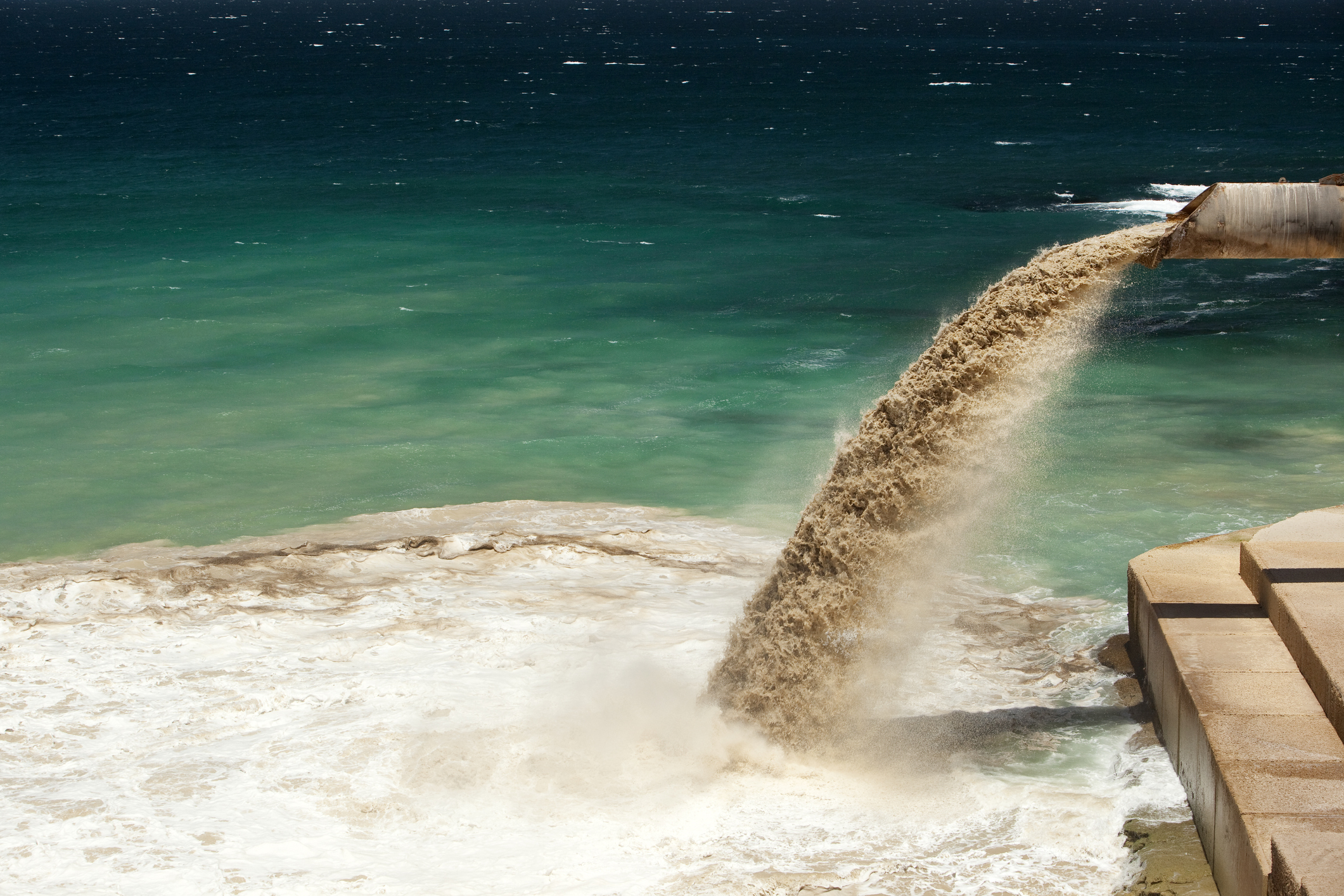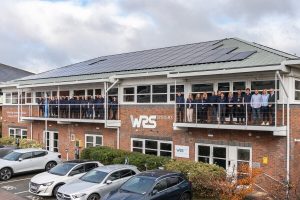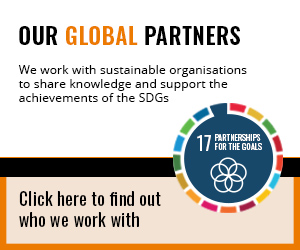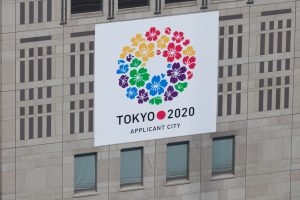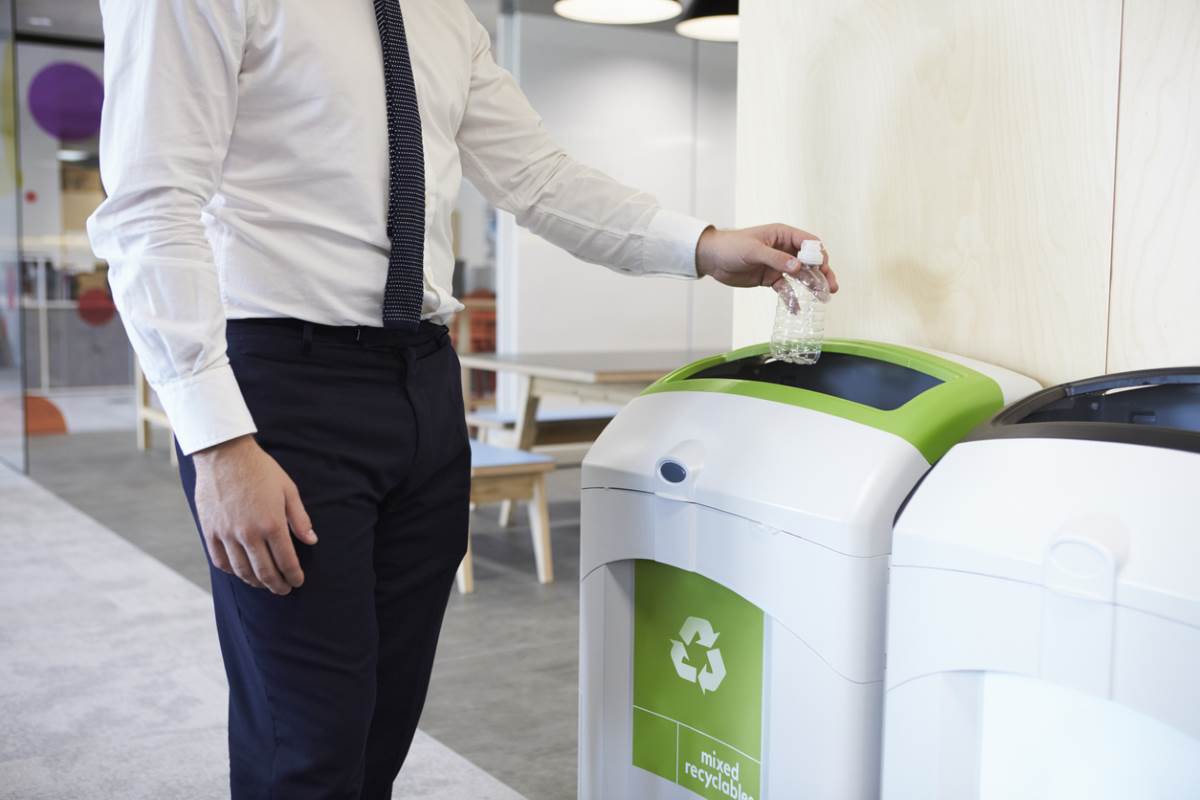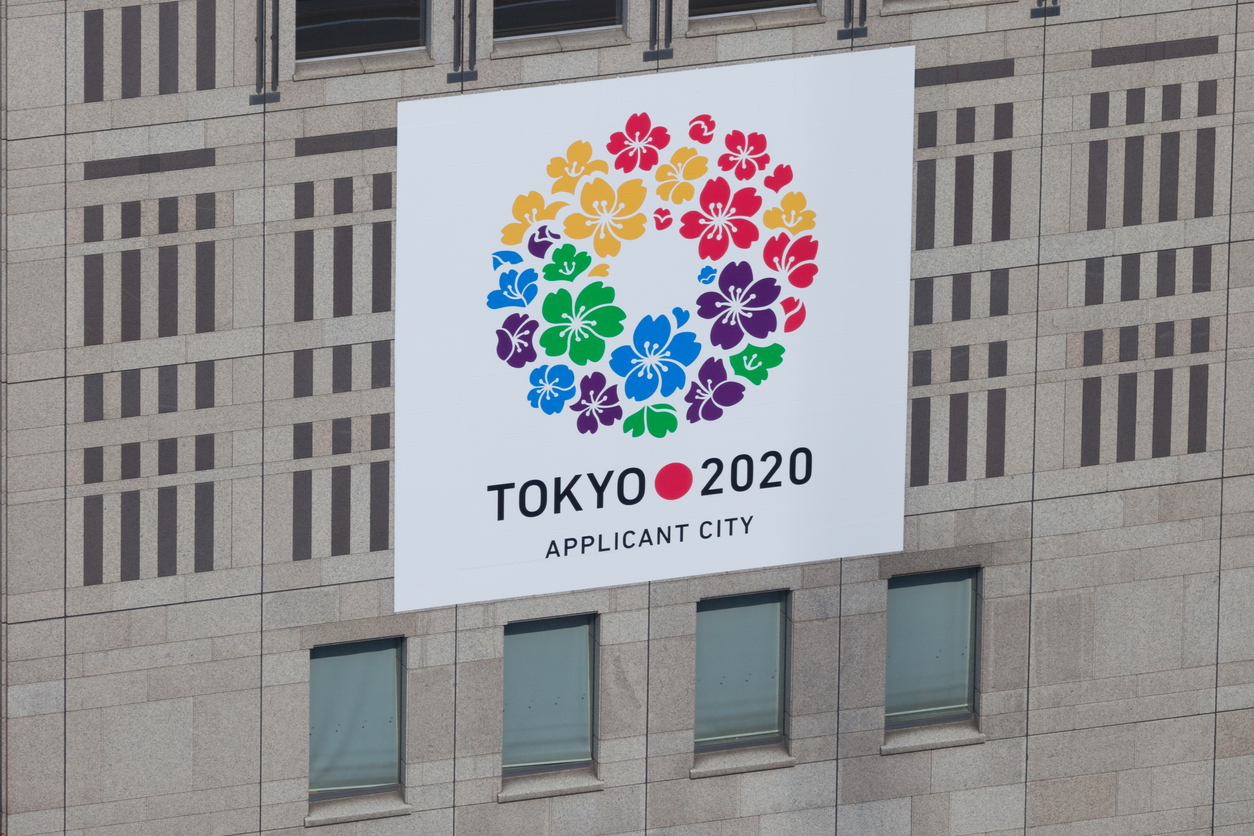Industrial producers are often further down the pecking order for water supplies than municipalities or agriculture. Fresh water is expensive, especially in water-stressed regions, and it usually needs treatment before use, especially in processes that are sensitive to impurities, such as semiconductor manufacture and food and beverages. Add to that ever-stricter environmental regulations on the discharge of wastewater and for many companies it makes good sense to recycle the water they use in their production.
Key parts of the economy, such as China’s coal and power or India’s textile industries, have been regulated to strictly avoid any wastewater discharge at all and reduce their freshwater consumption. But conventional zero liquid discharge (ZLD) approaches come at a price. They use thermal evaporation at the core of the water reclamation process and therefore carry a heavy energy and carbon price tag.
Innovating with minimal liquid discharge (MLD)
While it may at first seem a paradox to want to be economically and environmentally responsible and yet strive for “only” 95 per cent recycling, the use of membrane filtration to refine wastewater has significant advantages. Not only does it consume far less energy (as little as 5 to 10 per cent when compared with evaporation), but producers can design the treatment system to the exact water qualities they require for use in their factories. The “downside” is that about 5 per cent of the wastewater becomes so concentrated that it is not viable for reverse osmosis. But, even this final percentage of concentrated salty wastewater is not waste. Subjecting this water to advanced nanofiltration membranes can recover purified, reusable brine solutions and further reduce the final volume of waste to discard as a concentrated salty solution or as a zero-liquid discharge solid waste. Coupling MLD and ZLD typically provides 60 per cent savings compared with the thermal process alone.[1] This energy cost reduction coupled to the value gained through the production of reusable water and sellable salts makes MLD-ZLD systems affordable and sustainable.
The heart of the MLD process consists of advanced reverse-osmosis (RO) and nanofiltration (NF) membranes, such as DuPont’s FilmTec™ Fortilife™ product family. The energy required is largely driven by the osmotic pressure of the salt solution. To achieve separation, pressure is applied to the salt solution that is greater than its osmotic pressure to drive water across a semi-permeable membrane while leaving the salt behind. As more water is removed, more pressure is applied to overcome the increasing osmotic strength of the concentrating salt solution. Higher pressure requires more energy for the pumps and pressurisation. But the energy needed for RO systems compared with thermal systems is still 10 to 20 times less when the salt concentration in water is low (less than 1 per cent salt concentration) and two to four times less as the salt concentration increases (8 to 9 per cent) at the end of the process.
One textile producer in Tiruppur in southern India has slashed demand for fresh water and sodium chloride in its textile dye factories by recycling these from wastewater using an MLD-ZLD treatment approach. As a bonus, the environment is saved from dye-polluted discharge entering the ecosystem. A fertiliser manufacturer in Uzbekistan sources highly impure water and recycles it with our systems to conserve scarce freshwater. A refinery in Russia recovers and reuses salts and water from its inorganic catalysts production thanks to MLD solutions. And a coal-to-chemicals plant in China successfully operates with very high organic content wastewater feeding the RO system thanks to our latest anti-fouling RO membranes.
These are just some examples of how our clients have found a more intelligent method than simply evaporating the wastewater discharge. The set of DuPont technologies they employ have been individually tailored to their needs, but all result in the precise water quality their individual process requires, the recovery of valuable salts, far lower energy and carbon emissions, and major cost savings. As more and more industries are facing water stress and stricter regulation, MLD can play a major role in making production viable even in arid regions as part of a sustainable circular economy.
Have a question? Contacts us at dupontwatersolutions.com
